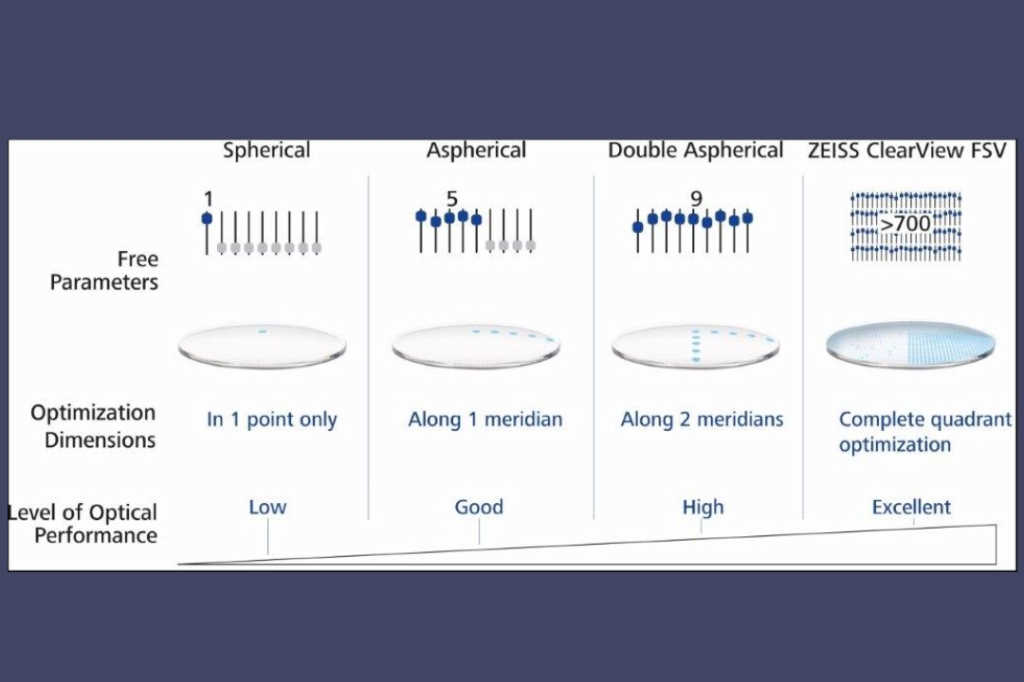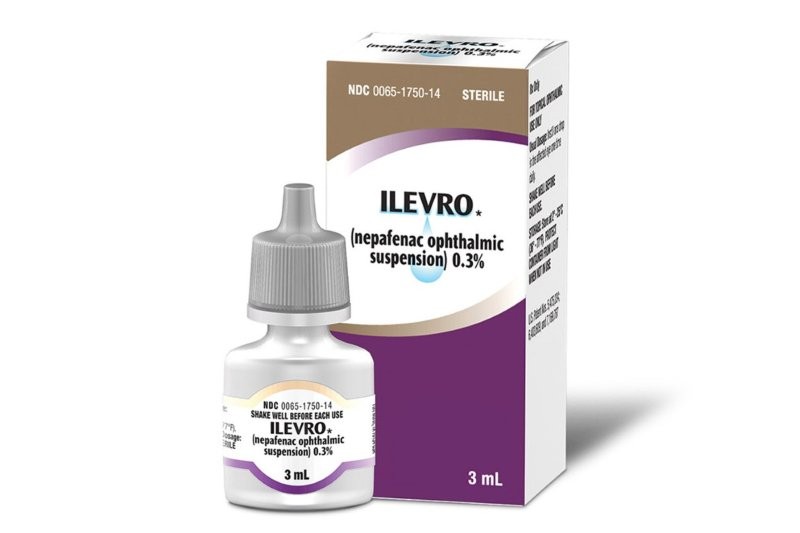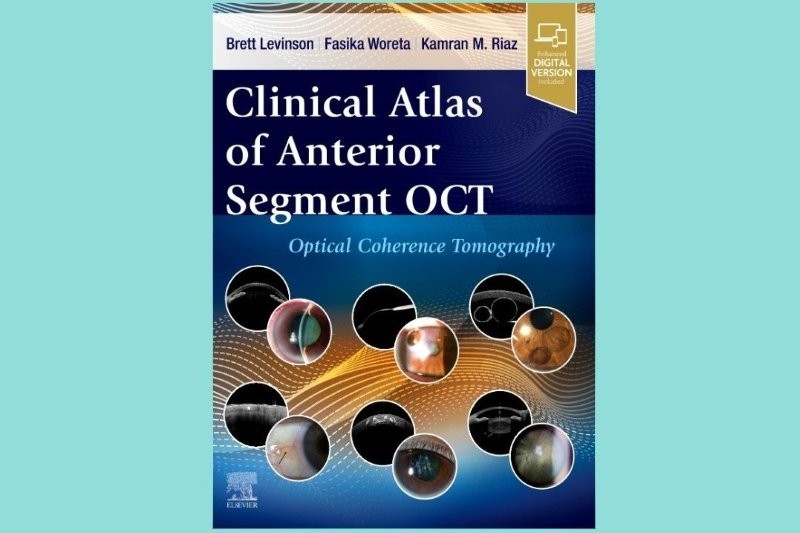SPONSORED: Freeform lens design into finished single vision lenses
ZEISS ClearView Finished Single Vision lenses represent a milestone in optics and aesthetics of stock lenses
Finished single vision are the most sold ophthalmic lens type worldwide. Now ZEISS has identified a way to get many attributes of complex single vision freeform lens designs into these lenses. The result is ZEISS ClearView Finished Single Vision (FSV) lenses, offering high optical quality to provide clear vision from the lens centre to the periphery, while being very thin and flat at the same time.
Standard FSV lenses often cannot reach the full precision potential a freeform-optimised lens can offer. With ZEISS ClearView FSV, it’s precisely this challenge that is addressed. The new lenses offer many of the advantages of freeform-optimised single vision lenses, but with cost and speed benefits of a stock lens.
Stepping beyond spherical, aspherical, or double aspherical
ZEISS’ single vision freeform lens design has been introduced to improve the optics and aesthetics of the FSV lens category. This is possible due to a specially created freeform lens design for ZEISS FSV lenses and the new ClearForm manufacturing process that incorporates this design into the finished lens. The lens design includes point-by-point optimisation with the use of 700 free parameters across the lens, while the ClearForm process utilises the latest computer numerically controlled (CNC) generators that use special diamond cutting and polishing tools to surface the complex shaped molds for ZEISS ClearView FSV lenses. The final lens delivers, on average, a three times larger zone of excellent clear vision¹ to provide the wearer with more clarity from the lens centre to the periphery. It is therefore designed to deliver a higher level of comfort and satisfaction for the spectacle wearer. In addition, the complex lens shapes allow wearers to experience this vision clarity in a flatter and thinner lens than conventional FSV lens designs that rely on steeper base curves to provide just acceptable optical performance. In numbers, this means: ZEISS FSV ClearView lenses are on average 34% flatter across all prescriptions and up to 16% thinner compared with typical spherical single vision lenses²,³.
www.zeiss.com/vision-care/int/spectacle-lenses-from-zeiss/zeiss-clearview-single-vision-lenses.html
References
- Based on a visual clarity simulation on a 50 mm diameter lens area for 1.60 index ZEISS FSV ClearView lenses compared to 1.60 ZEISS AS FSV lenses. Average of +5 D, +3 D, +1 D, -1 D, -3 D, -5 D, and -7 D with and without a cylinder of -2 D. Quantitative analyses by Technology & Innovation, Carl Zeiss Vision GmbH, 2020
- Measurements of lens flatness (base curve) on 1.60 ZEISS ClearView FSV lenses compared to ZEISS Spherical FSV lenses. Average of -5, -3, -1, +1, +3, +5 D with and without cyl -2 D. Maximum reduction of 49% of -5.00 D with and without -2 D cyl for minus lenses. Maximum reduction of 25% of 5.00 D with and without 2 D cyl for plus lenses. Quantitative analyses by Technology & Innovation, Carl Zeiss Vision GmbH, DE, 2020
- Measurements of lens thickness on 1.60 ZEISS ClearView FSV lenses compared to ZEISS spherical FSV lenses over a range of prescriptions (-5, -3, -1, +1, +3, +5 D with and without cyl -2 D). Maximum reduction of 16% for center thickness of +5.00/-2.00. Quantitative analyses by Technology & Innovation, Carl Zeiss Vision GmbH, DE, 2020


























